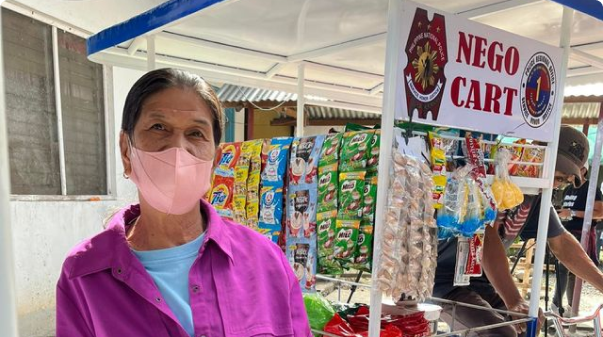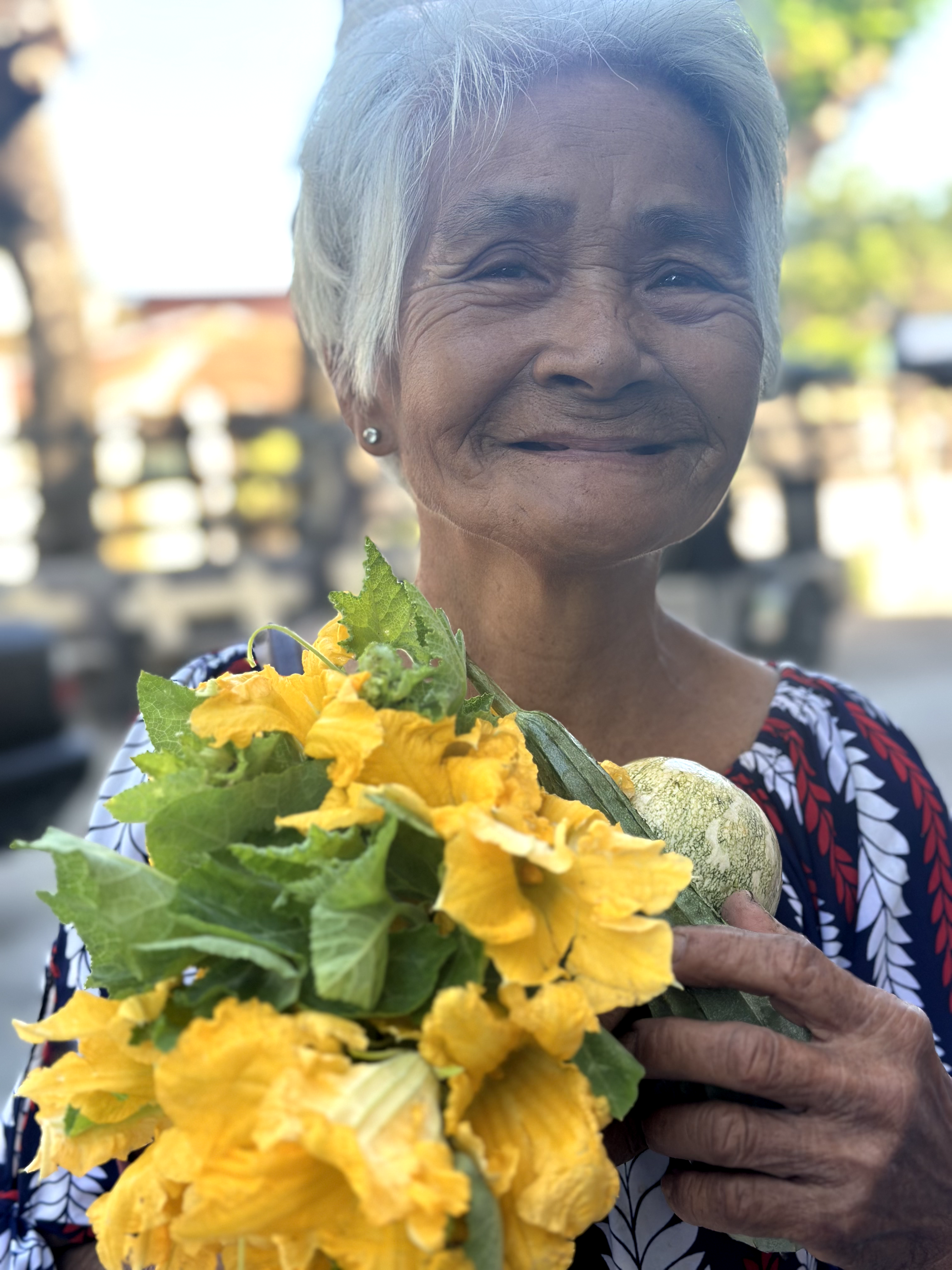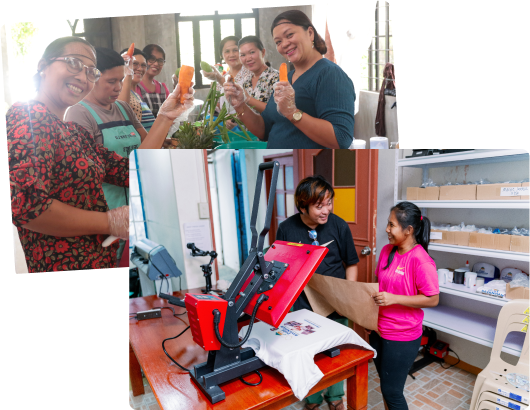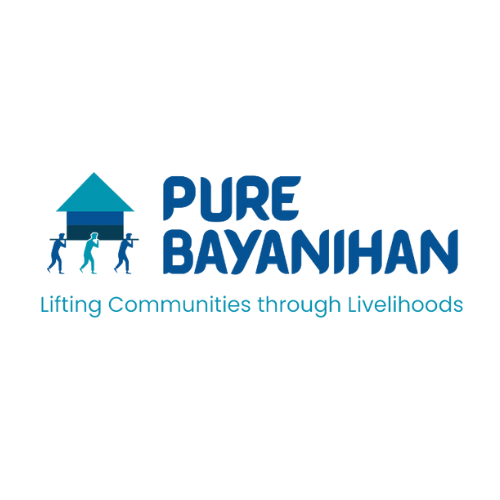Sustainable Livelihoods Break the Cycle of Poverty
Sustainable Livelihoods Break the Cycle of Poverty



Impact of Livelihood programs on poverty around the world:
Livelihood programs in Bangladesh increased household income by 37% and reduced poverty probability by 22 percentage points.
India's National Rural Livelihood Mission increased participant income by 22% and reduced high-cost debt by 19%.
African livelihood program participants saw an average 37.5% income increase compared to non-participants.
The Graduation Approach livelihood model increased incomes by 37% on average across multiple countries.
Ethiopian livelihood program participants were 6.8 percentage points less likely to fall below the poverty line.

Pure Bayanihan's Approach: A Hand Up, Not a Hand Out
Community-Led Initiatives
We partner with local communities to identify their unique needs and develop tailored solutions, ensuring that our programs are culturally relevant and effective.
Empowerment through Education
We provide access to education and vocational training, equipping individuals with the skills and knowledge needed to secure better-paying jobs and start their own businesses.
Livelihood Support
We offer livelihood tools and resources, including agricultural programs and microbusiness support, to help individuals and families achieve financial stability and independence.
Holistic Development
We address the root causes of poverty by providing access to basic needs like healthcare, nutrition, and sanitation, creating a supportive environment for sustainable change.
Sustained Partnerships
We maintain long-term relationships with communities, providing ongoing support and monitoring progress to ensure that our programs have a lasting impact.
Your Support Creates Lasting Change
Together, We Can Empower Communities to Thrive

Bayanihan Corporate Partners





